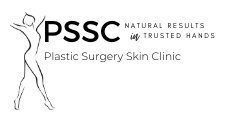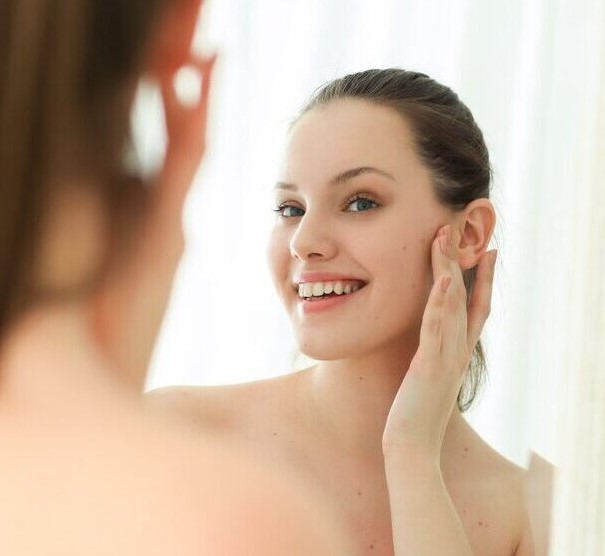Illuminate Your Skin with Secrets to Fading Age Spots
Age spots, also called liver spots or sunspots, are flat, darkened areas on the skin that are typically brown, black, or gray. They vary in size and are more commonly found on parts of the skin that have had the most sun exposure, such as the face, hands, shoulders, arms, and even the upper back. These spots are generally harmless and do not require medical treatment.
However, they can be mistaken for skin cancer, which makes it essential for individuals to monitor any changes in their skin. Age spots occur due to an increase in the production of melanin, the natural pigment in our skin. Over time, the accumulated exposure to ultraviolet (UV) rays from the sun or tanning beds accelerates this melanin production, forming these spots.
Causes and Contributing Factors
- Sun Exposure: The primary cause of age spots is prolonged and unprotected exposure to UV light. When the skin absorbs UV rays, it triggers the production of melanin to protect more profound layers of the skin. Over time, this leads to an uneven distribution of melanin, resulting in age spots.
- Aging Process: As we age, our skin undergoes changes that can make it more susceptible to age spots. The skin’s ability to regenerate and repair itself diminishes over time, leading to a buildup of melanin in certain areas. This natural aging process and years of sun exposure increase the likelihood of developing age spots.
- Genetics: Some individuals have a genetic predisposition to developing age spots. If your family members have them, you might be more prone to developing them yourself, even if you have practiced good sun protection.
In-Clinic Treatments for Age Spots
Laser Therapy
- Types of Lasers Used: Various lasers, such as Q-switched and fractional lasers, treat age spots. These lasers emit high-intensity light beams that target and break down the melanin pigment within the spots.
- How It Works: The laser’s light energy is absorbed by the pigment in the age spots, breaking it down into smaller particles. The body’s natural healing process then removes these fragments, gradually fading the spots.
- Expected Results and Recovery: Laser therapy is popular because it explicitly targets the spots with minimal impact on the surrounding skin. While multiple sessions may be needed for optimal results, the recovery time is typically short, with some temporary redness or swelling.
Chemical Peels
- Types of Chemical Peels: Chemical peels come in varying strengths—superficial, medium, and deep—each suited for different levels of skin damage. Superficial peels use mild acids, like alpha hydroxy acids (AHAs), while deeper peels may use more vital acids, like phenol.
- Procedure and Benefits: A chemical solution is applied to the skin, causing the top layers to peel away. This process removes the aged, pigmented cells and reveals fresh skin. Chemical peels can improve skin tone and texture, reducing the visibility of age spots.
At-Home Treatments for Age Spots
Over-the-counter (OTC) Products
- Ingredients to Look For: OTC products often contain ingredients like hydroquinone, which lightens skin; retinoids, which promote skin renewal; and kojic acid, which inhibits melanin production.
- Application Tips and Expectations: For best results, apply these products consistently as directed, usually over several weeks. Regular use can help lighten age spots and improve skin tone.
Natural Remedies
- Lemon Juice: Rich in citric acid, lemon juice is a natural bleaching agent. It can help lighten age spots when regularly applied to the skin.
- Apple Cider Vinegar Contains acetic acid, which can help lighten pigmentation and improve skin texture. It is often mixed with water before being applied to the skin.
- Aloe vera, known for its soothing effects, contains chemicals that may aid in lightening pigmentation and promoting healthier skin.
Sunscreen
- Importance of Daily Use: Daily sunscreen application is crucial in preventing further darkening of existing spots and forming new ones. Sunscreen protects the skin from harmful UV rays, which significantly cause age spots.
- Choosing the Right SPF and Application Tips: Use a broad-spectrum sunscreen with SPF 30 or higher. Apply generously to all exposed skin and reapply every two hours, especially outdoors.
Skin Care Routine
- Cleansing: Use gentle, hydrating cleansers to remove dirt and oil without stripping the skin of its natural moisture.
- Exfoliating: Regular exfoliation helps remove dead skin cells, promoting cell turnover and a brighter complexion. Use gentle exfoliants to avoid irritation.
- Moisturizing with Products Targeting Age Spots: Look for moisturizers that contain ingredients like vitamin C or niacinamide, which target pigmentation and enhance skin radiance.
Lifestyle and Preventive Measures
Sun Protection
- Wearing Protective Clothing: Long sleeves, wide-brimmed hats, and sunglasses provide physical barriers against UV rays, reducing sun exposure and the risk of age spots.
- Avoiding Peak Sun Hours: The sun’s rays are strongest between 10 AM and 4 PM. Limit outdoor activities during these hours to minimize UV exposure.
Healthy Diet
- Foods Rich in Antioxidants: Consuming fruits and vegetables high in antioxidants, such as berries, spinach, and nuts, can help combat free radicals and support skin health.
- Hydration: Drinking plenty of water keeps the skin hydrated, helping to maintain its elasticity and overall health.
Avoiding Smoking and Alcohol
- Effects on Skin Health: Smoking and excessive alcohol consumption can accelerate skin aging and impair skin regeneration, increasing the risk of age spots and other skin issues.
Beat Age Spots Today
Age spots are a natural part of aging but can be effectively managed with the right strategies. Understanding their causes helps choose the best treatments, whether professional options like laser therapy, chemical peels, or at-home remedies.
Consistent sun protection, a good skincare routine, and healthy lifestyle choices are crucial in reducing and preventing age spots. By taking these proactive steps, you can achieve a more even skin tone and boost your confidence. Modern skincare offers many solutions to help you maintain healthy, youthful skin.
Looking for a quick and simple procedure that can help you turn the clock back? Get in touch with us so we can assess you and begin your minimally-invasive journey today!

